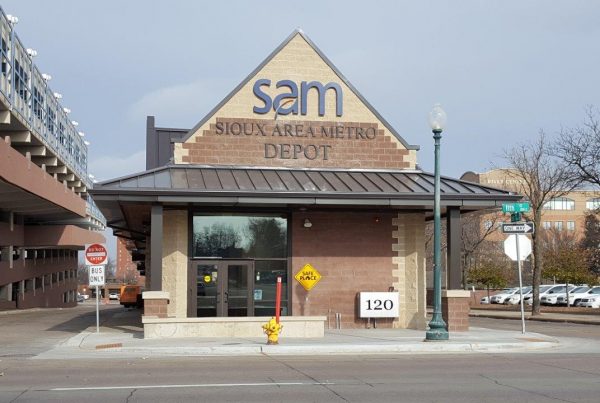Above: The empty street leading to the CIBC Pan Am Park (Princes’ Gates)
As citizens of Toronto, where the Pan American Games are being held this year, we at Pantonium take our city transportation seriously. The public should not have to sacrifice the quality of their commute or their lives in order to host world-class events in the city. A recent article in The Globe & Mail titled “Pan Am organizers want public to change travel plans during Games” by Adrian Morrow, illuminates how Toronto’s transit plan relies more on hoping city residents will change their behaviour:
“Officials are…hoping and praying many Torontonians will voluntarily opt to work from home, carpool or work irregular hours to cut down on congestion. The transportation plan hinges on a 20-per-cent decrease in transportation demand during peak hours.” – Adrian Morrow
In the summer of 2012, it was projected how transportation would be a huge expenditure for the games, but also how the increase in vehicles would contribute to traffic congestion around the city with the lane closures planned. One of the solutions presented was to use route optimization software; this suggested the transportation overhead would be reduced, but the impact on congestion would be limited by maximizing the load capacity of vehicles used for public transportation and ridesharing. As taxpayers, it was surprising to learn the organizers opted to hire consultants to plot routes manually using Microsoft Excel under the advisement of outside consultants when the technology to accomplish these goals was (and still is) readily available at a lower cost.
Considering Toronto’s well-known traffic congestion problems, it appears the Pan Am organizers could have pursued more progressive measures to limit the games’ impact on city-wide traffic issues. Whether it be through route optimization software or other innovative means, many of the transportation issues posed in Morrow’s article could potentially have been avoided had more time been spent evaluating solutions, rather than hiring more consultants to plan routes manually at a much higher cost.
[fusion_builder_container hundred_percent=”yes” overflow=”visible”][fusion_builder_row][fusion_builder_column type=”1_1″ background_position=”left top” background_color=”” border_size=”” border_color=”” border_style=”solid” spacing=”yes” background_image=”” background_repeat=”no-repeat” padding=”” margin_top=”0px” margin_bottom=”0px” class=”” id=”” animation_type=”” animation_speed=”0.3″ animation_direction=”left” hide_on_mobile=”no” center_content=”no” min_height=”none”]With the relatively low attendance for the Pan Am Games this year, many of the cautionary measures implemented by city officials (e.g. HOV lanes) have resulted in a heavier traffic buildup while event attendance nonetheless falls short of projection. By using dynamic routing software, the organizers could have possibly been able to plan more flexible routes as traffic fluctuates. This could have potentially resulted in more city money saved while still retaining the integrity of service.
Toronto is an innovative city; forward thinking in our transit development will help keep us this way.
For more information on how the transit management software of Pantonium helps cities to grow, please feel free to email us at info@pantonium.com[/fusion_builder_column][/fusion_builder_row][/fusion_builder_container]




